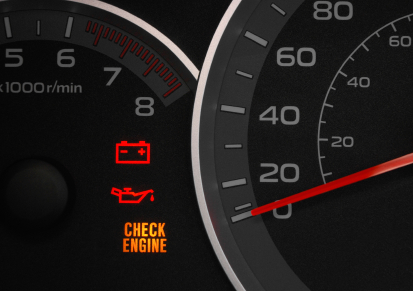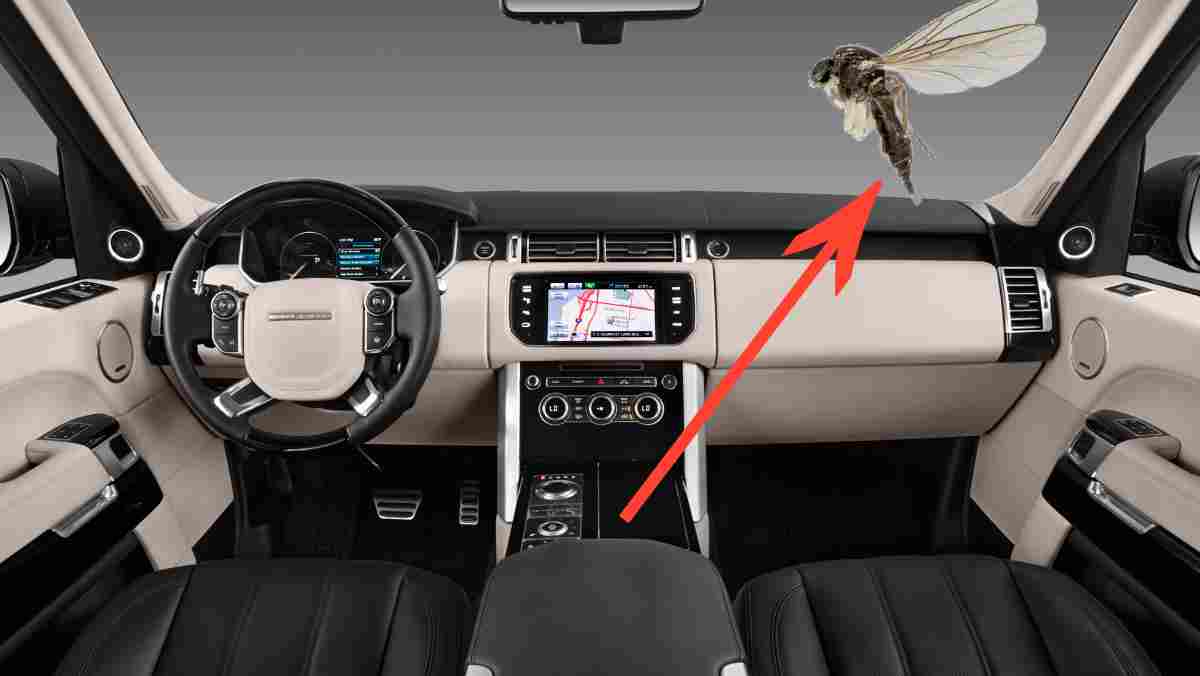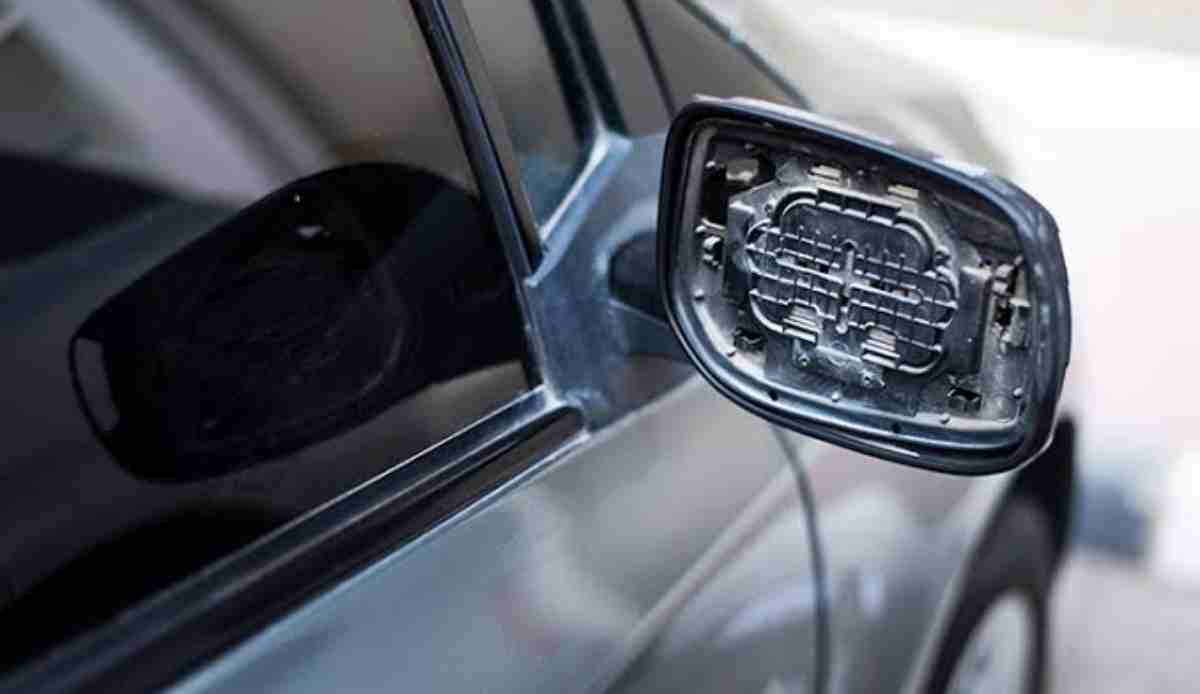If you have ever driven your car and suddenly notice that the check engine light is flashing and shaking, then we believe you will start asking yourself why are the check engine light flashing and car shaking?
A check engine light flashing and car shaking means your car engine is misfiring. Misfiring means that your engine is dumping unburned fuel into your car’s exhaust system. In most Toyota and Lexus cars, this doesn’t necessarily mean serious damage.
The check engine light might also come up when your car is consuming fuel or releasing pollutants, but you can also run with it for a long time. So at your convenience, you can then take your car to a mechanic or or follow the steps here.
Meaning of a Flashing Check Engine Light

A stagnant check engine light means there’s a slight error or malfunction within your engine. It doesn’t mean your engine is bad per se, but it could be as slight as a loose gas cap or a serious as a damaged catalytic converter.
But one common factor is that every driver hates to see the check engine dashboard light come on.
However, there are many concerns that a driver experiences with the car in a lifetime, and check engine light flashing and car shaking is one of them. Most Check Engine lights on your dashboard tend to flash while accelerating at high speed.
Whenever this Check Engine Light flashes continuously instead of steadily appearing, it often represents a more severe issue that you can prevent. Therefore, taking the car to a mechanic is always a wise move. But make sure you understand the causes that made it happen to your vehicle.
Note that different sensors and actuators in your vehicle work to detect any malfunctioning, and register this info on your car’s computer system. But in the case of your car shaking, the check engine light appears on the dashboard.
Remember that the engine control unit constantly monitors all sensors in the vehicle while you are driving. And having this information will calculate how much fuel should be into the engine and at which area it should fire the ignition.
So once one of the values from a sensor becomes faulty for a short amount of time, this will trigger a trouble code. Once the engine control unit gets the wrong value from the sensor various times, the check engine light will flash on your dashboard.
Note that if this problem is severe from a misfire, it will begin to flash the check engine light instead. The meaning of this is to inform you that there is a problem that may damage the catalytic converter.
Common Types of Check Engine Light Flashes and Meaning
The Steady Engine Light
Whenever the engine light is just on, as it is not flashing, it means there is no major issue in your car, and suggesting the fixes should be very cheap and fast. Sometimes it could begin with the check engine light flashing then stable.
The intermittent flashing
Once the check engine light flashes for a little while, it turns off by itself; it simply means there is a soft failure. This mild failure connects with specific conditions, such as if a wire is broken and keeps connecting and disconnecting, then the check engine light will turn on and off accordingly. You can think of it as the check engine light flashing then stops.
The continuous flashing
Once the check engine light is flashing continuously, this indicates an emergency. So you are required to stop the vehicle right away and call a towing van to take the car to a professional mechanic.
Remember that the engine control unit will store a fault code connected to the malfunction whenever the light flashes, which means you can read and interpret it using an On-Board-Diagnostics OBD2 scan tool.
Note that the check engine light indicates an issue in your engine, which means that the effect’s severity will depend on how the light is flashing.
The Causes of the Check Engine Light flashing and car shaking
The car’s Check Engine Light is known as the Malfunction Indicator Light (MIL), which happens to be a warning light that indicates there’s a malfunction with your car.
Anytime something goes wrong in your vehicle, it will trigger the light to collect components and sensors. As you know, it’s a flashing light that displays on your dashboard as a symbol of an engine, or maybe as a check engine.
Here are some common causes for the check engine light flashing and car shaking
-
Having A Bad Gas Cap / Fuel Cap
In case you don’t know, a cracked, faulty, or loose gas cap/fuel cap can trigger the engine light to flash due to the fuel system has a vapor leak.
However, sometimes it could be a more severe leakage in the upper portion of your car fuel system.
The only thing you are required to do is to tighten or replace the gas cap, then keep driving. And after driving your car for a while, the check engine light will go off. However, if it doesn’t, then take it to your mechanic to inspect it.
-
Having A Bad Mass Airflow (MAF) Sensor
Your vehicle’s Mass Airflow Sensor, which is known as MAF Sensor, helps the vehicle’s computer determine the amount of fuel that is to be added based on the amount of air that comes into the motor.
However, one of the common causes of failing MAF sensors is a dirty air filter or an improper MAF installation.
Failing the MAF sensor is not an emergency. However, until you have it replaced, you will experience a decrease in fuel economy, your vehicle will lose performance, and you’ll have a rough engine idle.
Because of your car’s air intake system’s technicality, you require to get a professional mechanic to fix a failing mass airflow sensor.
-
Having A Failing Catalytic Converter
Note that one of the causes of this warning light is the Catalytic Converter. It’s what controls your car’s exhaust system. What it does is converts carbon monoxide and other harmful gases into less toxic byproducts.
Remember that once your catalytic converter is failing, then you’ll spend more money on fuel, and it will affect your car’s performance.
Sometimes replacing a catalytic converter can be very expensive; it cost around $500-$1,000 each.
However, if the Catalytic Converter happens to be the cause of your car’s check engine light flashing and car shaking, then get a mechanic to inspect it.
-
Having A Bad Oxygen Sensor
Note that the car’s Oxygen Sensor measures the amount of oxygen in the car exhaust system. Note that it communicates information to your vehicle’s computer to adjust the engine’s air and fuel mixture.
Meaning that anytime your oxygen sensor is faulty, the vehicle will use up more fuel and produce more emissions.
As you may know, a faulty oxygen sensor is not an alarming issue, but make sure to get your mechanic to fix it as soon as possible.
-
Having A Bad Charging System
Those who don’t want to jump-start their car ensure you have your vehicle battery examined regularly and observe that the charging system works perfectly.
Mean why if your car doesn’t start every time, it could be due to a bad alternator or some other part of your vehicle’s electrical charging system.
-
Having A Bad Ignition Coil
Indeed, the car Ignition Coil happens to be part of your vehicle’s ignition system.
It must induct the coil by converting a car’s voltage system to the needed volts to trigger the spark plug and then ignite the engine’s air-fuel mixture.
It means that the check engine light will turn on whenever the ignition coil burns out or shorts.
Anytime the ignition coil becomes terrible, it is worth having your entire vehicle’s ignition system checked by a mechanic.
-
Having Bad Spark Plugs
Many drivers don’t replace their vehicle’s spark plugs according to their car manual’s maintenance schedule. Indeed, inadequate or failing spark plugs can cause the check engine light. Then you are required to change them as soon as possible.
Fixing the Check Engine Light flashing and car shaking
Please be aware that this kind of fix may not be suitable for you to do. You will require a professional.
For those who don’t have any experience working on cars or not knowing how to use simple tools, please don’t do this alone. Get someone who will help you to minimized accidental injury or damage.
-
Get an OBD Reader
For those who don’t know, OBD stands for onboard diagnostic. Ensure you get one at an auto spare parts store near you; it will cost you about $60.00.
Be aware that your car has a computer that receives information from different automotive systems. So whenever these systems send any wrong information, your car computer will record the problem and turns the service light. Once you plug in the reader, it will help to display the code/s the computer recorded. Remember that these codes are generic diagnostic codes and not specific to a model.
-
Scan For Codes
Note that it would be helpful if you’ve paid attention to the way your cars perform. However, suppose your vehicle has an emissions problem. In that case, you may not notice any change in performance, which means knowing what symptoms your car is having will help you understand precisely the problem.
You can look under the lower edge of the driver’s side dashboard; then, you’ll see a trapezoid-shaped port for the reader. It would help if you plugged in the reader now, but make sure the engine and ignition are off. Once connected, turn the key a little but leaving the engine off. Then press the scan button and then watch it while the reader thinks. In a little while, it will display codes stored within the computer. What you should do is scroll through the codes you see and write them down.
-
Do A Search For Your Code.
You can make searches on the internet since it is full of all kinds of forums and threads. What I mean is that you’ll find people who have fixed it and written about it. However, The OBD Website should help you. Here, you’ll find out what your code/s means. For those who know a thing or two about cars, then it will help. However, if you don’t, then you shouldn’t worry. But it will help you to understand how cars work before you fix them. What you should do is to search the code along with your vehicle and its model.
-
Search The Part, Remove And Change It.
Search for the purge valve. In case you don’t know, you can do an internet search. While online, you will find a diagram that shows the purge valve and locate the part. Once you notice how the piece looks like, you can then order it with confidence.
-
Erasing The Code.
Once you have changed the parts, plug the reader back in, and then press and hold the erase button. After the screen changes, press the button again to confirm. After which, the code will go off, and the check engine light should be off.
Conclusion
I guess you now know that bad spark plugs, worn-out coils, or a leaking gasket are parts of the cause for check engine light flashing and car shaking. So try to observe the dashboard lights regularly and understand which symbol shows up in which color.
Whenever you notice any of the symbols in white, blue, and green lights, don’t be afraid. But when you see a yellow and red light, we recommend taking your car for a checkup. Though a self-diagnostic system can sometimes be a great help, we recommend visiting a professional mechanic if you don’t have enough knowledge.


